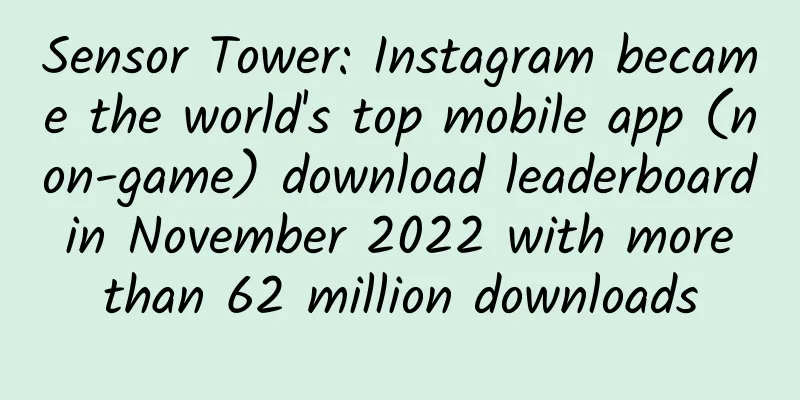What is Kawasaki disease?

|
Chenchen, 5, was taken to the fever clinic for examination because of fever. Could he be infected with the new coronavirus? Would he need to be isolated? Chenchen's family was worried. After investigation at the fever clinic, Chenchen had no history of contact with the epidemic area, the nucleic acid test was negative, and there was no abnormality in the lung CT scan, ruling out the new coronavirus pneumonia. Chenchen also had red lips, conjunctival congestion, and swollen cervical lymph nodes. After a series of examinations, Chenchen was diagnosed with Kawasaki disease. Next, please follow me to learn about Kawasaki disease. Kawasaki disease, also known as mucocutaneous lymph node syndrome, is an acute febrile disease with systemic vasculitis as the main pathological change. The disease was first reported by Japanese doctor Tomisaku Kawasaki in 1967, so it is called Kawasaki disease. If a patient has an unexplained fever for more than 5 days and is accompanied by 4 of the following 5 main manifestations, Kawasaki disease can be diagnosed after excluding other diseases. Clinical manifestations 1. Non-purulent congestion of the conjunctiva. 2. Erythema multiforme can be seen all over the body. 3. The lips are congested and cracked, the oral mucosa is diffusely congested, the tongue papillae are raised, and the congestion turns into a strawberry tongue. 4. Changes in the limbs: hard edema of the hands and feet in the acute phase, and membranous peeling of the finger (toe) tips in the recovery phase. 5. Non-suppurative enlargement of cervical lymph nodes. Auxiliary examination: 1. Blood examination: mild anemia; increased white blood cell count, mainly neutrophil increase, with nuclear left shift; platelet count is normal in the early stage, and significantly increased in the 2nd to 3rd week; erythrocyte sedimentation rate increases, and C-reactive protein is positive. 2. Immunological examination: elevated serum IgG, IgA, IgM, IgE and blood circulating immune complexes. 3. Electrocardiogram and echocardiogram examination: People with heart damage may have changes. Echocardiogram can detect abnormalities in the coronary arteries and help with follow-up observations. 4. Coronary angiography: coronary artery aneurysm and coronary artery dilatation. Since Kawasaki disease can be accompanied by heart and coronary artery involvement, it can cause coronary artery dilatation, coronary artery aneurysm or late stenosis, and in severe cases may cause myocardial infarction and aneurysm rupture, so parents have to be on guard. If you have children with the above symptoms, it is recommended that parents take their children to the heart clinic for treatment. |
<<: What is Agaricus serrata? How to eat it?
>>: Who is at greater risk of anesthesia during surgery?
Recommend
Popular Science Series on Precocious Puberty in Children | Beware of Children Being "Prematurely Ripened" - Things to Pay Attention to on the Road to Growth
All parents hope that their children will grow up...
Effects of taking placenta for women
Generally speaking, it is unacceptable for some w...
How to take care of the yellow-green pus in leucorrhea?
Many women do not pay attention to personal hygie...
Causes of back pain during ovulation
Back pain during ovulation is one of the gynecolo...
How to narrow the vagina
The vagina is a private part of women. It has man...
Which is better, medical abortion or painless abortion?
Is surgical abortion better or medical abortion b...
Ovarian cysts found after abortion
Nowadays people's minds are very open, and li...
How tall can you grow if you have your period at the age of 12?
Menstruation means that girls enter another stage...
Is it normal to have no sex after childbirth?
Childbirth is a very energy-consuming act for wom...
What are the varieties of almonds? What nutrients do almonds have?
When the almond kernel is peeled, you can see the...
Prenatal music selection for the fourth month of pregnancy
Prenatal education is gaining more and more atten...
Which is more harmful, IUD or vasectomy?
Many women do not want to have more children afte...
The obvious signs before menstruation tell you that menstruation is coming!
Many women do not pay attention to their menstrua...
How to choose Changbai Mountain ginseng? How to distinguish the authenticity of Changbai Mountain ginseng?
Ginseng is warm in nature and sweet in taste. It ...
Can I do my hair during my menstrual period?
Try not to do your hair during your menstrual per...









